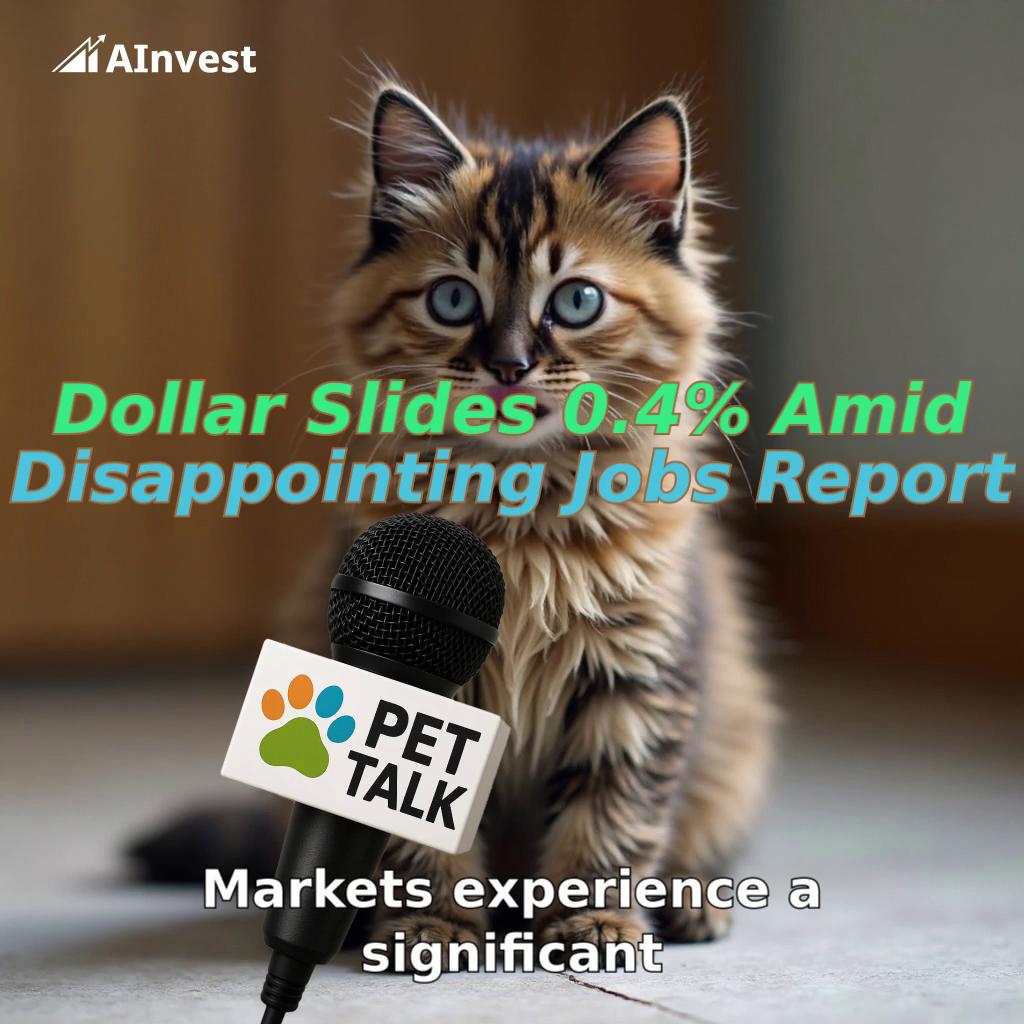Job Openings Fall More Than Expected in March, Hover Near Four-Year Low
The U.S. labor market showed signs of further cooling in March 2025, as job openings dropped to 7.2 million—a level not seen since early 2021—and fell 300,000 below economists’ expectations of 7.5 million. This decline, now marking the lowest quarterly reading since March 2022, reflects deepening economic uncertainty and sector-specific slowdowns. The data underscores a labor market increasingly vulnerable to policy-driven headwinds, with implications for investors across sectors.

The Data: A Steep Descent
The Bureau of Labor Statistics (BLS) reported that job openings in March 2025 were 901,000 fewer than in March 2024, a 10.8% year-over-year drop. The decline was broad-based but most pronounced in sectors like transportation, warehousing, and utilities (-59,000 openings), retail trade (-69,000), and federal government (-36,000). Meanwhile, quits held steady at 3.3 million, and layoffs dipped to 1.6 million, suggesting a labor market still balanced but increasingly cautious.
The hires rate remained stable at 3.4%, but the gap between job seekers and vacancies narrowed to 0.9 unemployed workers per opening—a level consistent with a balanced market but far from the pandemic-era worker shortages that drove wage spikes.
What’s Driving the Decline?
- Trade Policy Uncertainty: President Trump’s tariffs and import taxes have clouded business sentiment. Companies in sectors like manufacturing and retail, already grappling with inflation, are delaying hiring to avoid absorbing tariff costs.
- Federal Workforce Cuts: The Musk-led Department of Government Efficiency has reduced federal job openings, with openings dropping to 98,000 in March—36,000 below February levels.
- Sector-Specific Weakness: Retail and transportation sectors, hit by shifting consumer preferences and supply chain adjustments, have pared back hiring. In contrast, health care and finance held steady, with small gains in state/local education and other services.
Implications for Investors
The data paints a mixed picture for equity markets:- Cyclical Sectors: Industries tied to consumer and business spending—like retail, autos, and industrials—face headwinds. A decline in job openings suggests softer demand ahead.- Defensive Plays: Health care and utilities, with stable openings and inelastic demand, may offer resilience.- Interest Rate Outlook: The Federal Reserve has signaled caution, with markets pricing in a 60% chance of a rate cut by June 2025 if labor softness persists. This could buoy bond-heavy portfolios and tech stocks.
The S&P 500, which rose modestly after the jobs report, may face volatility as investors weigh the trade policy risks against a resilient consumer base. Meanwhile, regional disparities—such as the Midwest’s slight hiring increase—suggest opportunities in geographic diversification.
Conclusion: Navigating a Cooling Labor Market
The March job openings data reinforces that the U.S. labor market is no longer in “hyperdrive.” With openings at a four-year low and economic risks rising, investors should prioritize sectors with defensive characteristics and low sensitivity to trade policy.
Key statistics to watch:- The 7.2 million openings are now 40% below the 2022 peak of 12.1 million.- Wage growth, while steady at 3.8% annually, shows moderation—a signal that labor demand is easing without triggering mass layoffs.- The Federal Reserve’s next move hinges on whether the slowdown in job openings persists. If it does, rate cuts could amplify gains in rate-sensitive sectors like real estate and tech.
For now, the message is clear: the labor market’s golden age is behind us. Investors must adapt to a slower-growth environment where sector selection and policy awareness will be critical to outperformance.


_ed38e36c1749214633312.jpeg)







